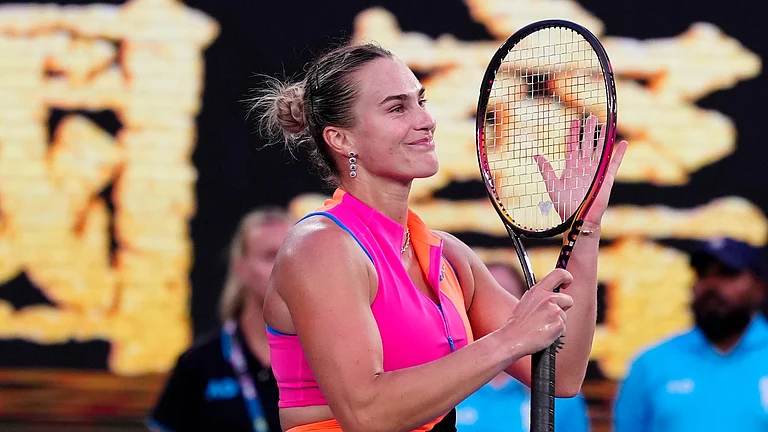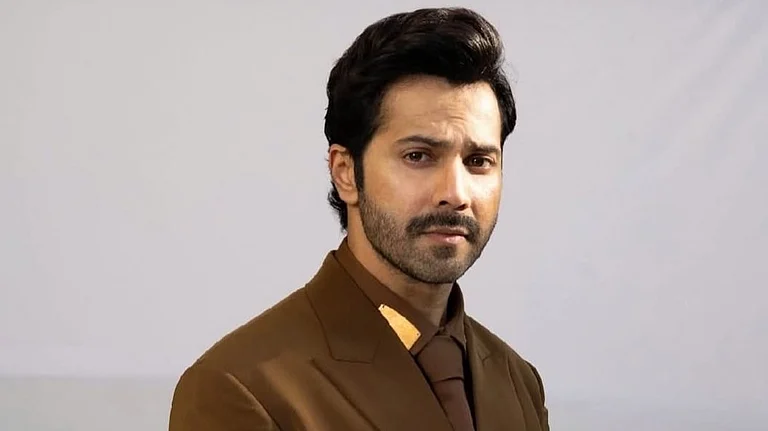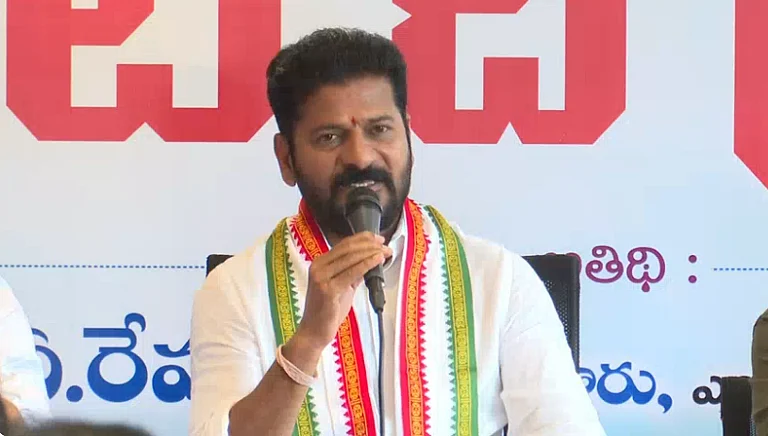In the 1850s when Savatribai Phule used to leave her home to reach the school she and her husband had found for women and ‘lower’ castes communities, the ‘upper’ castes people would come out and fling cow dung and mud at her. This practice got so repetitive and ‘normal’ that she used to carry with her an extra pair of clothes which she would change into on reaching her school. In 1923 the Bombay (now Mumbai) legislative council passed a resolution allowing ‘lower’ castes communities to use public utilities managed and maintained by the Government. Following this historic, (granting of basic human rights has the habit of becoming historic in India!) resolution, the Mahad municipal council in 1924 passed a resolution for encoding the act and making a publicly managed water tank accessible to the ‘untouchables’. But the ‘upper’ caste would not have it; they launched massive protests against the act.
After almost three years, in 1927 Dr. BR Ambedkar was forced to launch the Mahad Satyagraha to translate the act into practice. But again, when Ambedkar and his associates tried to draw water from the public pond, the ‘upper’ caste mobilized itself and pelted stones over the Satyagrahis!
Saying that caste discrimination and ‘untouchability’ exists all around us, will be stating the obvious. We just need to scroll through the Facebook page or Twitter handle of leading news portals or merely type a few keywords like ‘Dalit’, ‘Violence’, ‘Caste’ etc. on Google to know the gravity of the situation. So, in this short essay, we will not try to state the obvious (though doing that becomes necessary when the entire nation, especially the vocal upper caste middle class suffers from collective amnesia when it comes to the question of caste-based violence and discrimination) instead, we attempt to understand why such instances where Dalit bodies are subjected to brutal forms of violence have increased over the past few years.
Earlier in March this year Suraj Singh, a resident of Pali district Rajasthan undertook a bike journey of over 800 Kilometres from Surat to reach Pali and stab Jitendrapal Meghwal. What provoked Singh to take such a long arduous journey on a bike? Apparently, Singh was offended because Meghwal, a Dalit, had posted his picture on a social media handle in which he was twisting his moustache with a caption that read ‘I am not rich, but I am royal at heart’. This incident was not an isolated one. There have been several cases where Dalits have been attacked, stabbed, and lynched for sporting moustache in different parts of the country. Incidents of pelting stones on marriage procession for Dalits by ‘upper caste’ for riding horse has become common. Earlier in February this year, the wedding procession of an IPS officer who belonged to the Dalit community had to be taken out in police protection because the upper castes had warned him against riding a horse!
Most recently, a nine-year-old boy belonging to the Dalit community was beaten mercilessly by his ‘upper’ caste teacher for allegedly drawing water from a pot ‘reserved’ for the teacher in the Jalore district of Rajasthan. The case is still under investigation with police claiming that the violence had nothing to do with the water pot. For a moment, even if we take out the water pot from the equation, the question that remains is what motivated and compelled a fully grown-up man to unleash such brutal violence on a nine-year-old kid that ultimately led to his death?
The kind of violence that was unleashed on the boy was not an outcome of some random outburst of anger. It was a result of deep-seated hatred, an outcome of rage and resentment that has been building up. Whatever the boy did on that fateful day was enough to bust open the dam that was holding the reservoir of hate. But why so much hate? What is the reason for such resentment and rage?
The answer lies in the noble concept of ‘equality’; something that everyone, yes, including the upper castes, says that they want but are not ready to accept and work for it. In an unequal society where a social group by the virtue of possessing wealth or cultural capital enjoys power and privilege over other social groups, the pursuit of equality means losing that power and associated privileges. In the entire history of human society, those who have enjoyed power and privilege in any particular epoch have never given them up out of their goodwill or sense of justice. At every moment in history, those who had been marginalized and oppressed had to fight for their rights and justice. The dominant groups have always put up resistance in face of any threat to their privileges.
Before the modern era, the idea of inequality was considered natural and God-given, at least by the dominant groups who were not even ready to acknowledge the concept of equality. But things have changed in the modern era. Today the idea of equality, human rights, and social justice have become so powerful that even those who are against it are forced to pay lip service to it. But while they do so, they seethe with anger, the prospects of losing power and cultural-social superiority makes them angry. The constitutional-legal guarantees of equality and social justice make them helpless which then leads to the building of frustration.
In the context of India, we can see the expression of this frustration in the diatribes against the reservation policy, in the countless narratives that begin like this; ‘I know a Dalit family which is rich but they still enjoy reservation…’; ‘My daughter/son scored 90% in entrance but was not able to get a seat because someone with a reservation who scored 50% to their seats…’
These occasional narratives about the ills of reservation that appear on various social media platforms are nothing but the occasional outburst of deep-seated hatred and frustration, of perceiving oneself as a ‘victim’ of egalitarianism. Here the advocates of merit and victims of ‘reservations’ never question why the number of seats in educational institutions are not increasing in accordance with the demand or why the number of jobs is decreasing, or why there is not enough opportunity for everyone. Instead of blaming the government or the economic system, the blame for one’s failure is shifted upon the historically marginalized who are seen as stealing or snatching the prospects of the ‘upper’ castes.
The 19th-century German philosopher Friedrich Nietzsche introduced the concept of resentment to refer to the sense of ‘hostility directed toward an object that one identifies as the cause of one's frustration, that is, an assignment of blame for one's frustration’. The upper castes consciousness in India and the White racists in America identify themselves as victims of affirmative action and have a hostile attitude towards the Dalits-Adivasis and African-Americans respectively. In the United States, there have been several instances of direct violence against African-Americans over affirmative action policy. Professor John Fobanjong in his work Understanding the Backlash Against Affirmative Action (2001) has explained the growth of racist ‘Skin Heads’ groups in the United States in the recession of the 1970s-80s which brought double-digit unemployment and out-of-control inflation pushing many on the margins. This phenomenon led to the growth of frustration and stress among the middle to lower castes White families whose ‘anger was directed at groups that appeared to be receiving and benefiting from affirmative action. For many Whites’ the Blacks became the scapegoat, the source of frustration, and subjects of hostility that manifested in the formation of ‘Skin heads’ who unleashed violence to push for the nullification of any affirmative action that was enjoyed by Blacks.
In India, the violence against reservation policy till now has been indirect as Dalits have been attacked for keeping moustaches or riding horses, i.e. over cultural symbols. But these attacks are not just about cultural symbols but also have an economic angle and are related to the question of reservation and politics of egalitarianism. The neoliberal economic policy has snatched away the security enjoyed by several upper-caste middle-class families as access to quality education and dignified employment has become difficult. When an ‘upper-caste’ person who takes pride in his/her caste finds a Dalit/Adivasi/OBC in better socio-economic condition, they tend to see it not as a failure of the Government or of the economic system but as a ‘theft’ of what ‘rightfully belongs to them’. This frustration then leads to the creation of a narrative heavily inspired by the grammar of caste, which runs like this; “these people who once used to clean our toilets are now sitting with us, eating from our plate, stealing what should have been ours…”
The increasing number of caste-based violence both physical and symbolic is an outcome of the resentment that the upper castes hold towards the Dalits for losing their power and pursuit of egalitarianism and social leveling. It is this thread that connects those upper castes who threw mud on Savatribai Phule, those who pelted stones on Ambedkar, the man who traveled 800 Kilometres on a bike to stab Jitendra Meghwal, and the grownup man who thrashed nine-year-old Indra Meghwal.
(Bijayani Mishra,PhD is an Assistant Professor in the Department of Sociology at Maitreyi College, University of Delhi. Harsh Vardhan is a Doctoral candidate at the Centre for the Study of Social Systems, Jawaharlal Nehru University, Delhi. Views expressed are personal.)























